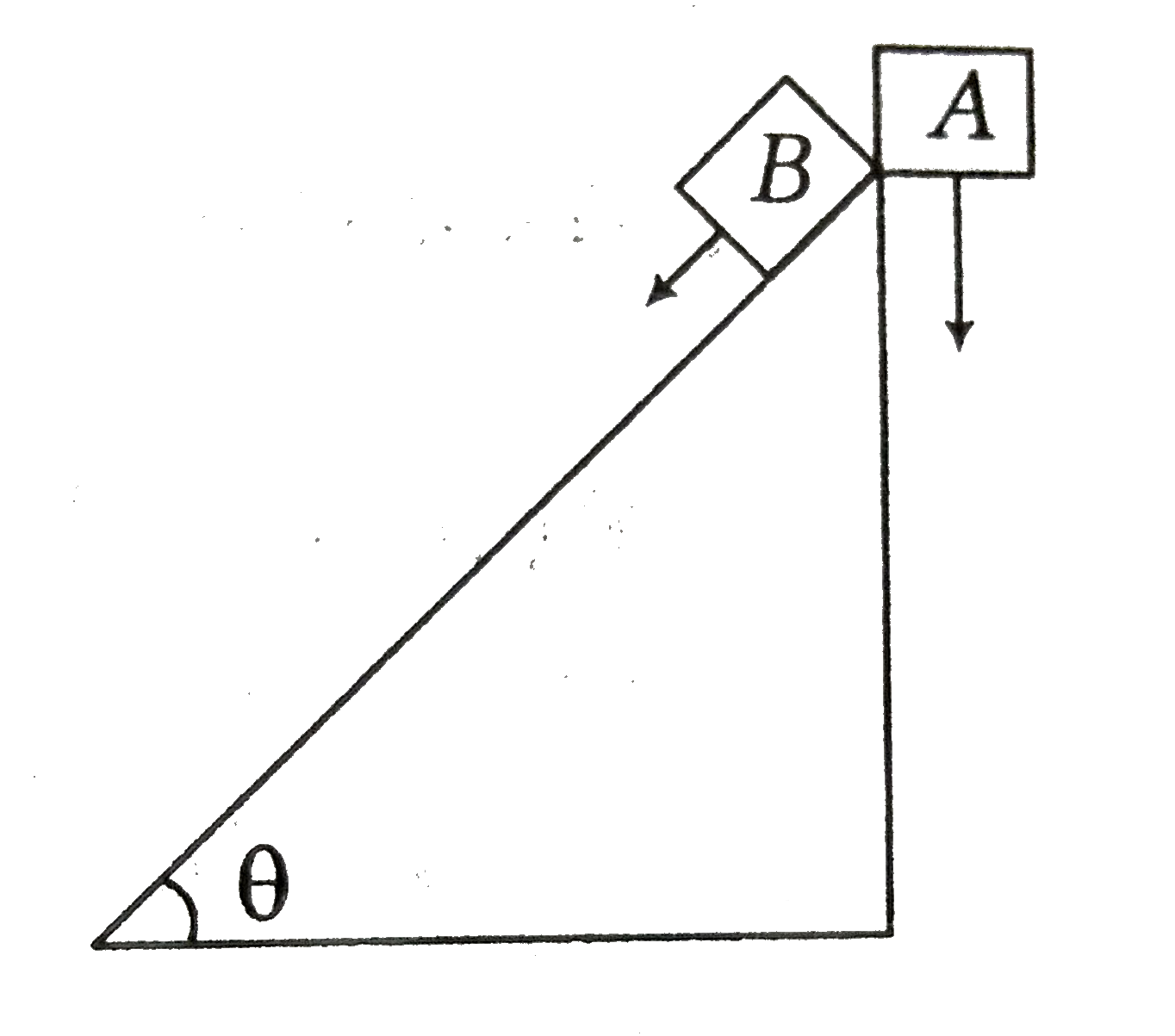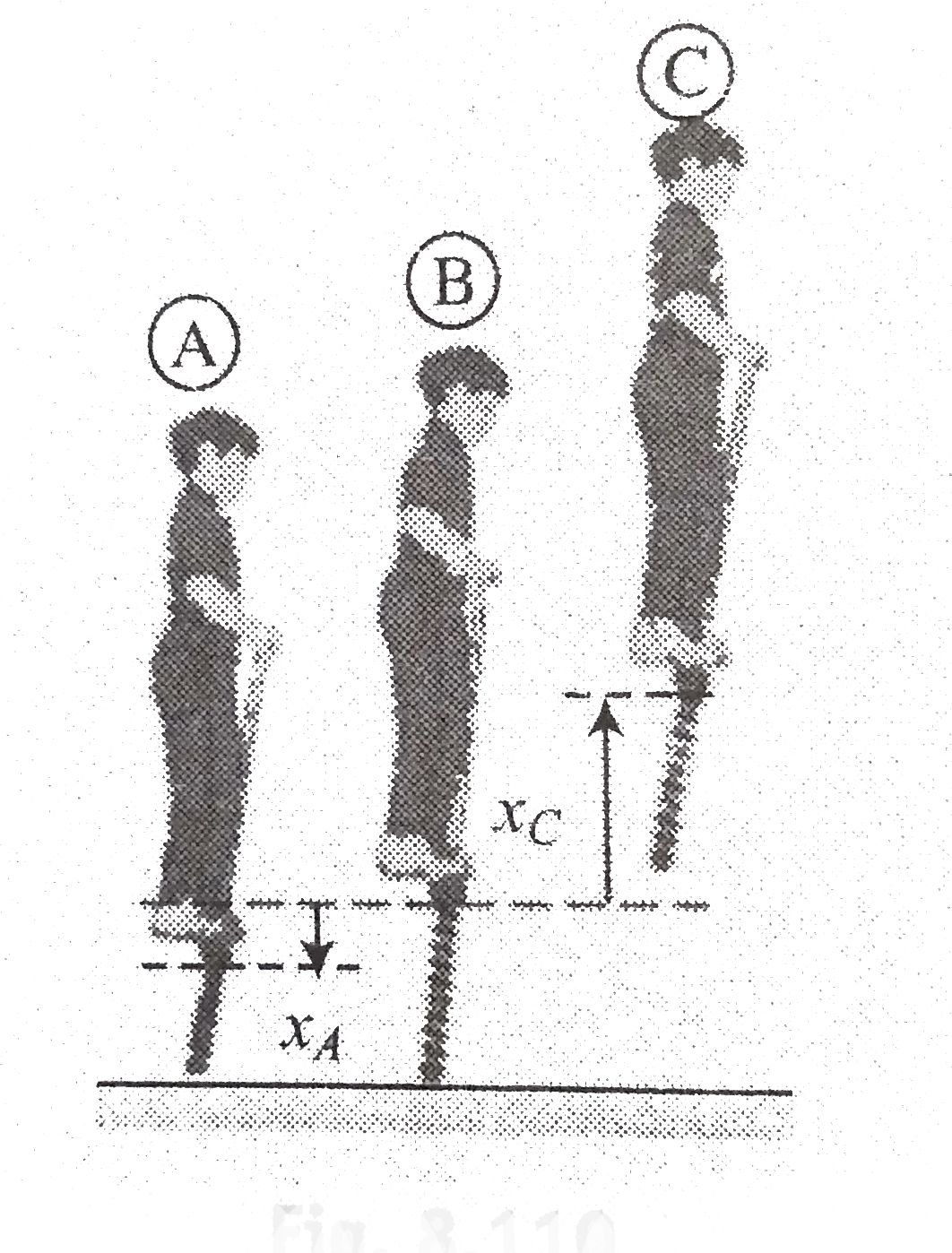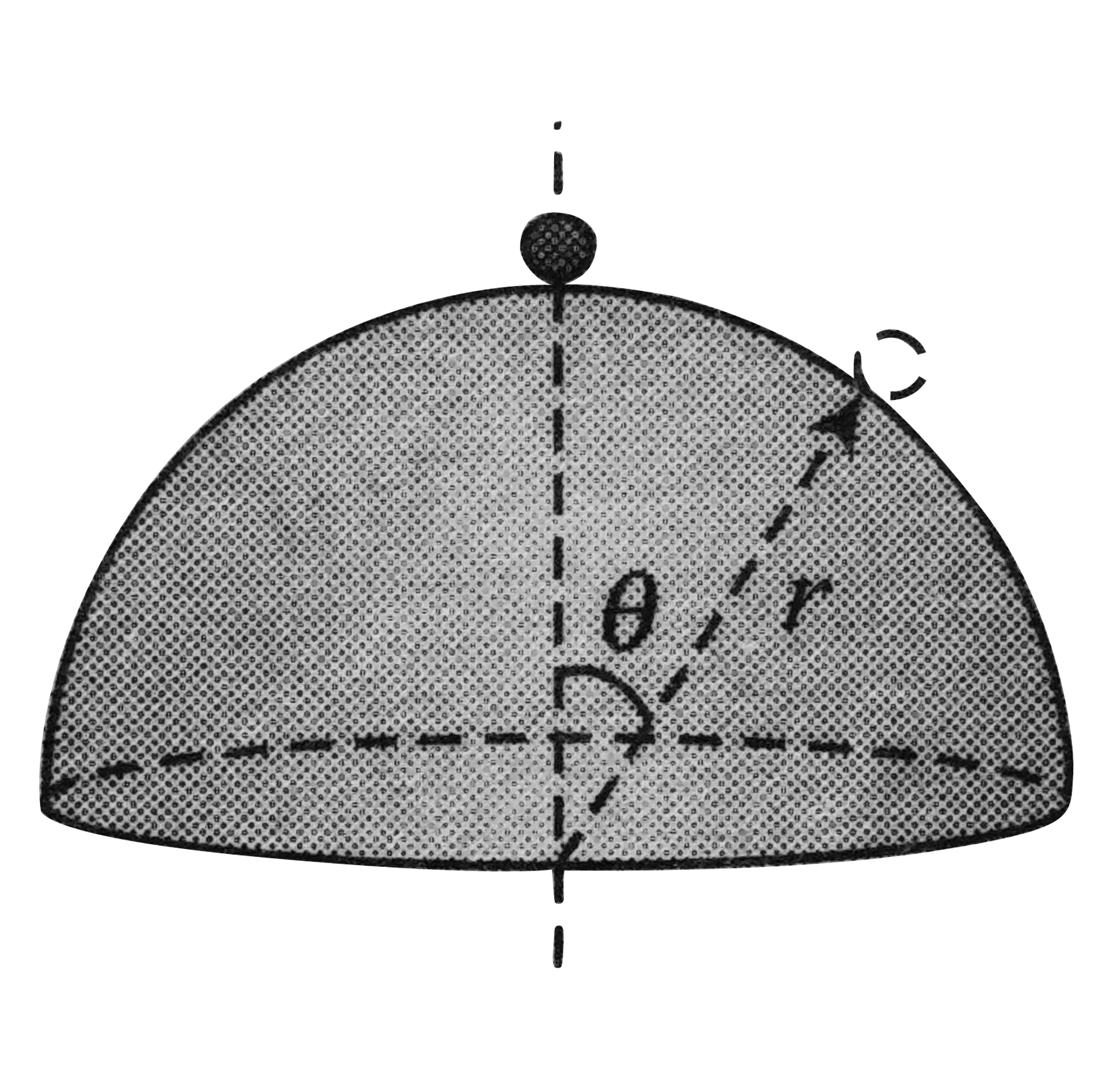State the kind of energy (potential or kinetic or both) in case of following :
(a) Stone resting on the top of a hill.
(b) An arrow shooting from a stretched bow and arrow system.
(c) A flying mosquito
(d) A wound-up spring of a toy car
(e) A speeding car
(f) A bullet fired from a gun.
Step by step video & image solution for State the kind of energy (potential or kinetic or both) in case of following : (a) Stone resting on the top of a hill. (b) An arrow shooting from a stretched bow and arrow system. (c) A flying mosquito (d) A wound-up spring of a toy car (e) A speeding car (f) A bullet fired from a gun. by Physics experts to help you in doubts & scoring excellent marks in Class 8 exams.
Updated on:21/07/2023Topper's Solved these Questions
- ENERGYBOOK - ICSECHAPTER - ENERGYEXERCISE - EXERCISE 4.3 (OBJECTIVE TYPE QUESTIONS) - A
5 Videos
- ENERGYBOOK - ICSECHAPTER - ENERGYEXERCISE - EXERCISE 4.3 (OBJECTIVE TYPE QUESTIONS) True or False - B
5 Videos
- ENERGYBOOK - ICSECHAPTER - ENERGYEXERCISE - EXERCISE 4.2 (OBJECTIVE TYPE QUESTIONS) Match The Column - E
1 Videos
- ELECTRICITY BOOK - ICSECHAPTER - ELECTRICITY EXERCISE - Picture Study
5 Videos
- FORCE AND PRESSURE BOOK - ICSECHAPTER - FORCE AND PRESSURE EXERCISE - Picture Study
4 Videos
Similar Questions
Name the type of energy (kinetic energy K or potential energy U) possessed in the following cases :
(a) A moving cricket ball
(b) A compressed spring
(c) A moving bus
(d) A stretched wire
(e) An arrow shot out of a bow
(f) A piece of stone placed on the roof.
View SolutionWhat kind of energy is possessed by the following ?
(a) A stone kept on roof-top.
(b) A running car.
(c) Water stored in the reservoir of a dam.
(d) A compressed spring.
(e) A stretched rubber band.
View SolutionEnergy can exist in several forms and may change from one form to another. For each of the following state the energy changes that occur in :
(a) the unwinding of a watch spring.
(b) a loaded truck when started and set in motion
(c) a car going uphill,
(d) photosynthesis in green leaves,
(e) charging of a battery,
(f) respiration,
(g) burning of a match stick.
(h) explosion of crackers
View SolutionState the energy changes in the following cases while in use:
(a) loudspeaker (b) a steam engine
(c ) microphone (d) washing machine
(e) a glowing electric bulb (f) burning coal
(g) a solar cell (h) bio-gas burner
(i) an electric cell in a circuit (j) a petrol engine of a running car (k) an electric iron (l) a ceiling fan
(m) an electromagnet
View SolutionThese questions consists of two statements each printed as Assertion and Reason. While answering these question you are required to choose any one of the following five reponses
(a) If both Assertion and Reason arecorrect and Reason is the correct explanation of Asserrtion.
(b) If both Assertion and Reason are correct but Reason is not the correct explanation of Assertion.
(c ) If Assertion is true but Reason is false.
(d) If Assertion is false but Reason is true.
Assertion An object A is dropped from the top of an incline at t=0, as shown. It will fall under gravity as indicated by the arrow. At the same time, i.e., t=0, another object B begins to slide down the frictionless incline.

The two objects during their motion to the ground level will be travelling at equal speeds.
Reason Net force on both the objects during their motion is same.
View SolutionA mass of 0.5 kg is hung from a spring. A gradually increasing 0.5 N force is required to pull the mass downward a distance of 0.25 m from its equilibrium position,if the mass is then released from this position, find
(a) The total energy of the system .
(b) The frequency of the oscillation
(c ) The speed and acceleration of the mass as it passes the equilibrium position.
(d) The speed and acceleration of the mass when the diplacement from equilibrium is 0.25 m
(e) For the initial condition stated, write down the diplacement equation of motion for this mass.
View SolutionA student is running at her top speed of 5.0ms−1, to catch a bus, which is stopped at the bus stop. When the student is still 40.0m from the bus, it starts to pull away, moving with a constant acceleration of 0.2ms−2.
a For how much time and what distance does the student have to run at 5.0ms−1 before she overtakes the bus?
b. When she reached the bus, how fast was the bus travelling?
c. Sketch an x−t graph for bothe the student and the bus.
d. Teh equations uou used in part (a)to find the time have a second solution, corresponding to a later time for which the student and the bus are again at thesame place if they continue their specified motions. Explain the significance of this second solution. How fast is the bus travelling at this point?
e. If the students⊤speedis3.5 m s^(-1), will she catch the bus?
f. What is the minimum speed the student must have to just catch up with the bus?For what time and what distance dies she have to run in that case?
View SolutionA child's pogo stick(figure) stores energy in a spring with a force constant of 2.5x104Nm. At position (A) (xA=0.10m), the spring compression is a maximum and the child is momentarily at rest. At position (B) (xB=0), the spring is relaxed and the child is moving upward. At position (C), the child is again momentarily at rest at the top of the jump. The combined mass of child and pogo stick is 25kg. (a) Calculate the total energy of the child-stick-earth system if both gravitational and elastic potential energies are zero for x=0. (b) Determine xC. (c) Calculate the speed of the child at x=0. (d) Determine the value of x for which the kinetic energy of the system is a maximum. (e) Calculate the child's maximum upward speed.

View SolutionA point mass m starts from rest and slides down the surface of a frictionless hemisphere of radius r as shown figure. Measure angle from the vertical and potential energy from the top. Find
a. Find the changes in potential energy of the mass with angle
b. Find the kinetic energy as a function of angle
c. Find the radial and tangential acceleration as a function of angle
d. Find the angle at which the mass files off the hemisphere
e. If there is friction between the mass and hemisphere, does the mass fly off at a greater or lesser angle than in part (d) ?

View SolutionRead the following paragraph and answer the questions given below ,
Stable equilibrium is of various types . Mechanical equilibrium is achieved when all particles are at rest and total potential energy of the system is minimum . At any stage where particles are at rest but the system is not at stable equilibrium as it can reduce its potential energy by reverting to another position, is called metastable equilibrium . Thermal equilibrium is result from the absence of temperature gradients in the system. Chemical equilibrium is obtained when no further reaction occurs between reacting substances, i.e forward and reverse rates of reaction are equal. When steam with solid iron at high temperature Fe3O4(s) and hydrogen gas are produced . But the reaction never goes to completion. This is because as the products are formed the reaction proceeds in reverse direction and when rate of reverse reaction is equal to rate of forward reaction , the concentration of reactants and products become constant and equilibrium is reached.
When two reactants (A) and (B) are mixed to give products (C) and (D) the concentration quotient (Q) at initial stage of the reaction
View Solution
